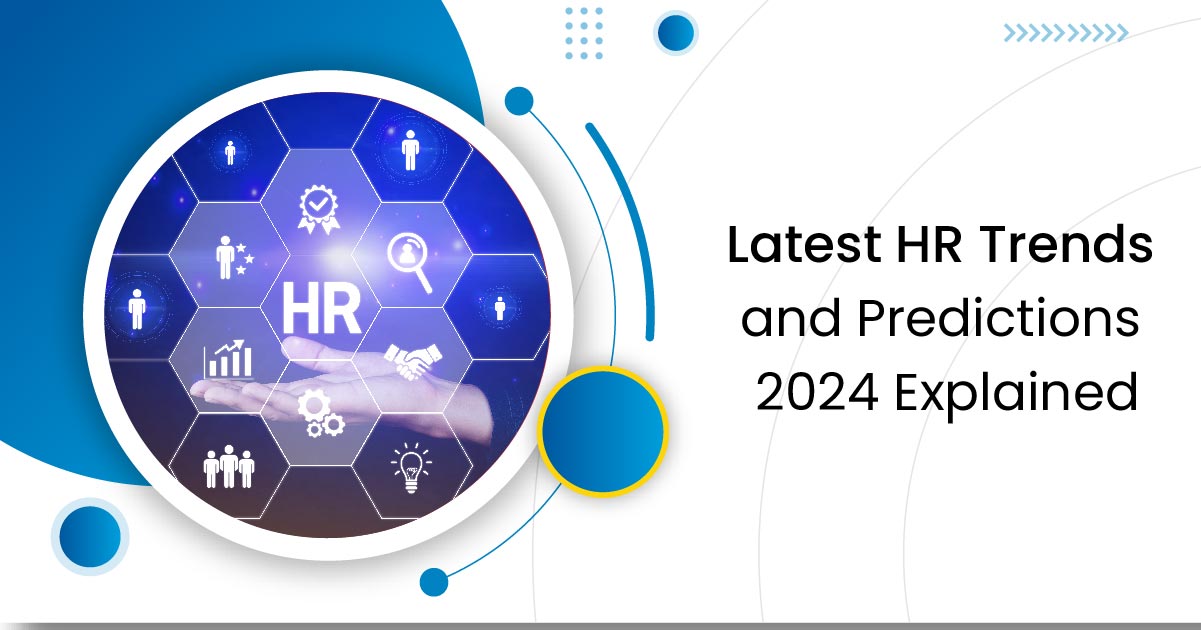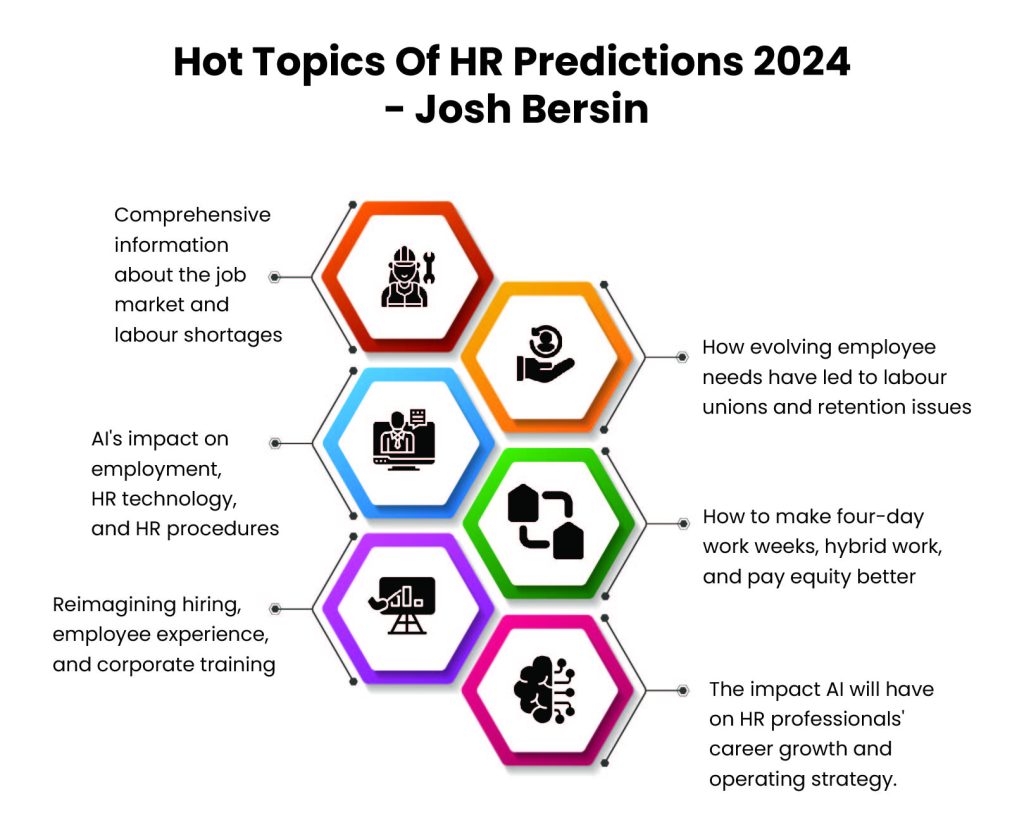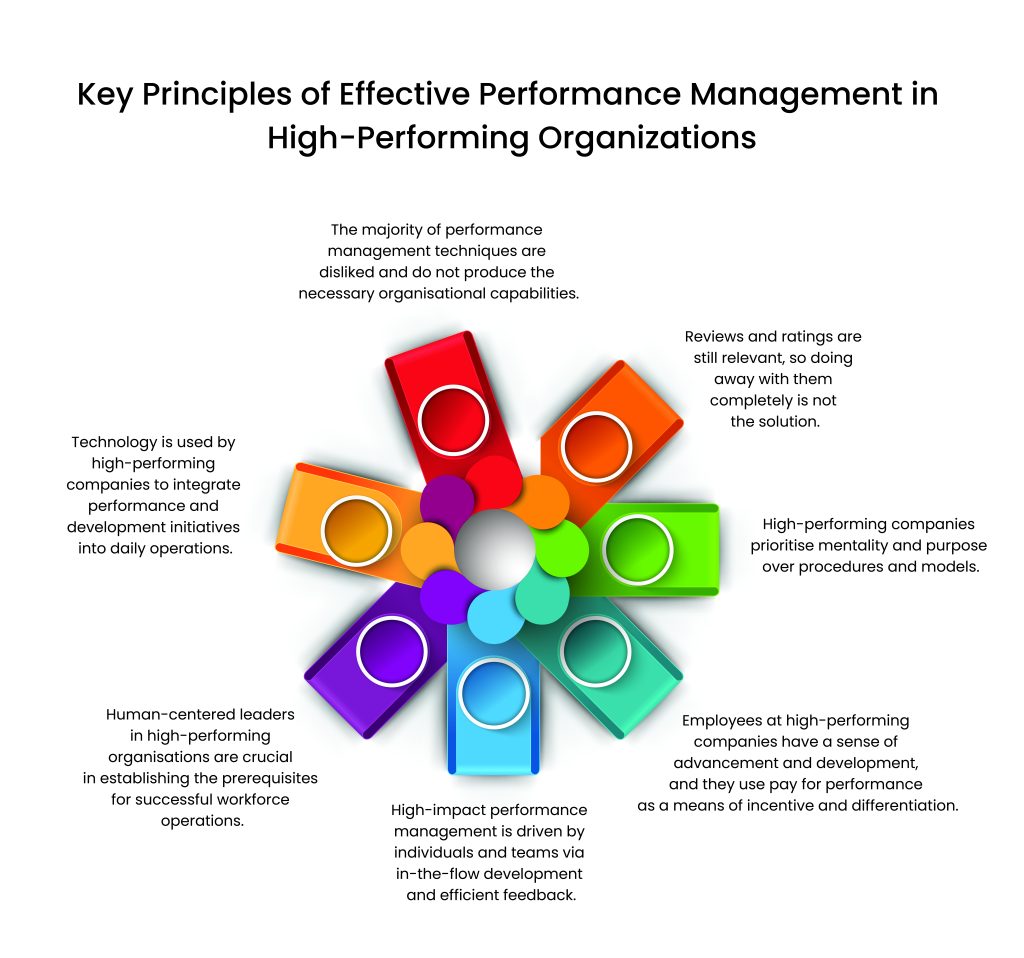Latest HR Trends and Predictions 2024 Explained

Several industries were impacted due to the coronavirus and the HR industry was no exception. The previous and existing HR trends and predictions for the year 2020 and the following ones went in vain since the business owners were unable to predict the possible growth opportunities, post-covid. The HR landscape has witnessed a dramatic change in its operations due to technological advancements. The thorough research and analysis done on the company’s HR policies could make or break it in the long run. The blog covers insightful details into trends and predictions of the HR landscapes for 2024. Let’s deep dive into it.
Let’s Discuss Top 4 HR Trends
Informed business decisions are formed when HR managers and the management prioritize employee-centric policies and concerns. Mentioned below are the major human resource trends and predictions for 2024-

1. Flexible Work Modes
A study reports that the hybrid model is likely to become the preferred work mode with a significant boost to 81% in 2024 from 42% in 2021. Business leaders foresee this work model as the preferred one whereas the remote model witnessed a drastic decline to 19% in 2024 from 56% in 2021.
Companies with flexible workplace models witness a significant rise in employee engagement and a reduction in attrition rates. Further, a hybrid work model is helpful for employees to ensure work-life balance, and save infrastructure costs for companies.
2. Integration of Generative AI
Like leveraging advanced payroll software for effective payroll management, generative AI is another impactful technological advancement that has become revolutionary for the HR industry. This advanced technology has the potential to ease HR operations and foster automation.
It helps companies smoothen the recruitment and selection process, simplify payroll processing, and shift from manual to digital payslip generation. Further, it helps HR managers create personalized/ specific job descriptions, company guides, and requirements for candidates for the recruitment process. Reports reveal that companies leverage generative AI to develop interactive chatbots to manage candidates’ applications and queries.
3. HR Analytics Predictions
Leveraging an online performance appraisal system, to measure employee progress and form decisions related to their increments, helps HR managers to save time, and cost, and reduce potential risks of errors. HR analytics predictions are helpful for companies in optimizing employee performance. It further helps HR managers monitor employee progress and other related factors that impact employee performance. It additionally helps organizations to manage higher attrition rates, talent acquisition processes, budgets, and compensation for employees.
4. Upskilling & Reskilling
One of the important HR trends and predictions is employees’ upskilling and reskilling. Upskilling refers to enhancing skills by learning concepts and new technologies to perform specific tasks whereas reskilling refers to performing different tasks with new skills. Therefore, companies invest in training and development, and specific programs that help employees upskill and reskill. It also includes ensuring employees get rewards and recognition for their achievements, providing mentorship to employees who underperform, etc.
Let’s Discuss Top HR Predictions
One of the industry experts and LinkedIn’s top voice, Josh Bersin, has been delivering invaluable insights into the HR industry that have helped businesses and leaders execute strategies with details and informed decisions. The major factors that come into predicting HR trends are the company’s research, labor shortage, organizational change, AI transformation, and employee expectations.

2008 Financial Crises & COVID-19
The 2008 economic crisis crashed global markets and yet the world coped with it and witnessed the zero-interest rate period of growth. Markets grew, companies generated revenues, human resources got employment, and share markets witnessed a huge jump till the end of 2019.
With the emergence of the global pandemic in late 2019 and early 2020, markets crashed again and unemployment rates surged to 15% in April. HR trends and predictions for 2020 were of no use, as companies couldn’t continue with their operations and limited resources.
The COVID-19 phase made companies opt for remote and hybrid work modes, allowing their employees to focus on their physical and mental health. Further, companies save operational and infrastructural costs that help them survive in the market. However, with this phase, the Indian Market witnessed companies engaging in continuous hiring and layoffs.
Agile Employee Performance Management
Traditional ways of measuring employee performance are not effective and often lead to employee dissatisfaction. Companies leverage the top online performance appraisal system to monitor employees’ progress. Further, it helps companies manage employees’ daily check-ins/ check-outs, work reports, break-ins/ break-outs, etc., and make informed decisions regarding their behavior. Using smart performance management software that enables self-service, it becomes easier for the management to effectively manage employees’ performance.
Diversity, Equity, and Inclusion (DEI)
HR policies and frameworks play a crucial role in ensuring companies provide equal opportunities, fair pay, and unbiased chances to all employees considering their work profiles, job descriptions, KRAs, experience, skill sets, etc., without any discrimination. For instance, transparent, quick, and fair payroll management with advanced payroll software improves employee engagement and allows employees to get solution-oriented benefits.
Ending Note
With the mentioned HR trends and predictions, and insights that industry leaders share, companies must invest in researching the HR landscape. It helps them land informed decisions and create employee-centric and result-oriented policies. The role of HR managers and personnel helps companies survive in this competitive edge by attracting and retaining top talents, ensuring enhanced employee engagement, improved productivity, and structured human resource management.
